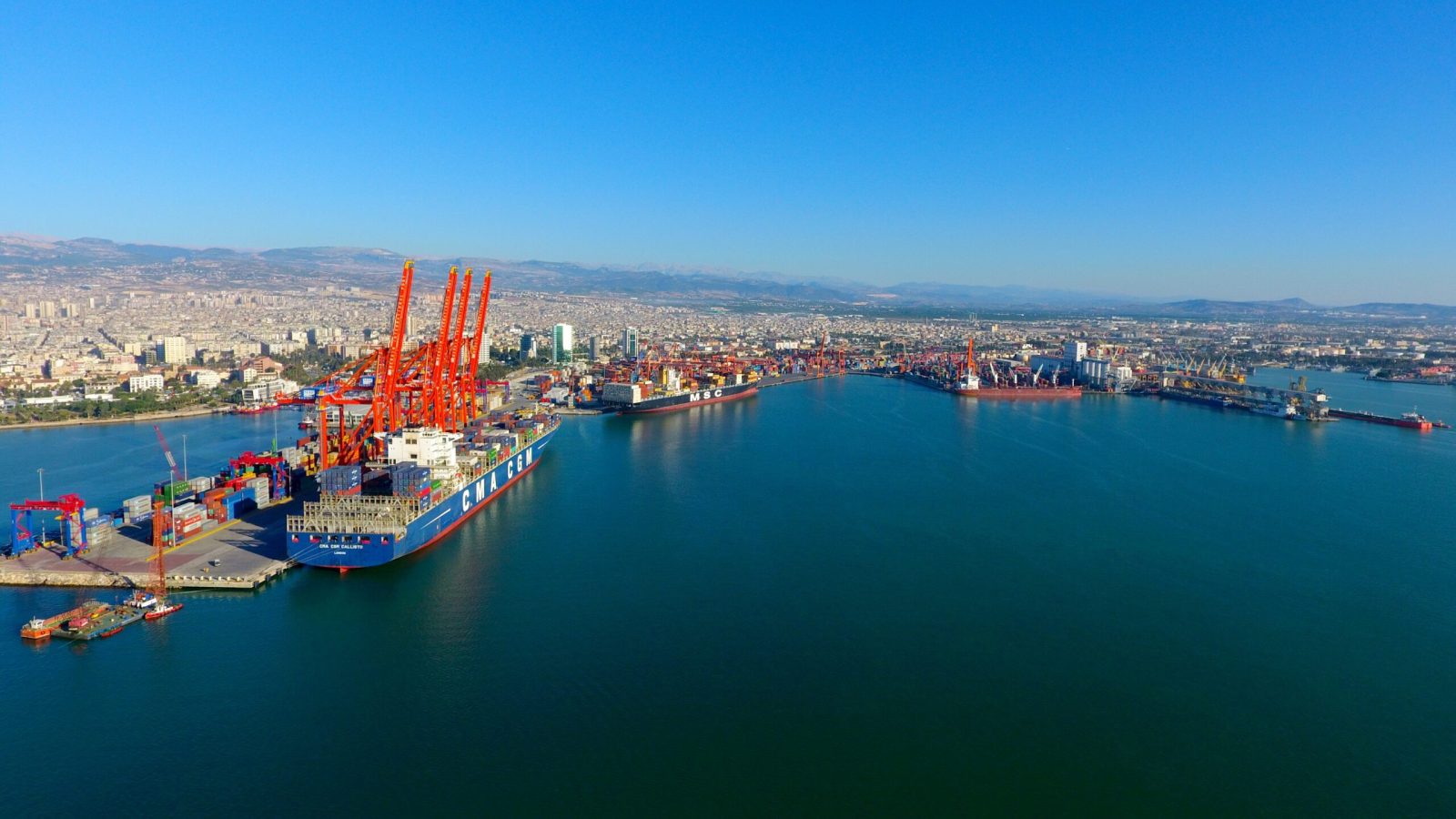
Syria’s main exported goods
Syria’s economy has historically relied on a range of industries and natural resources for its export earnings. Although the ongoing conflict since 2011 has significantly disrupted the country’s export capacity, Syria continues to trade in several key sectors. Below is an overview of Syria’s main exported goods:
1. Crude Oil and Petroleum Products
Before the conflict, crude oil was Syria’s largest export product, contributing significantly to government revenue. Despite the disruption caused by the war, some regions under different factions still produce and trade oil. The northeastern part of the country, rich in oil fields, exports crude oil and refined petroleum products, often through unofficial channels.
2. Agricultural Products
Syria’s fertile lands and diverse climate have long made agriculture a cornerstone of its economy. Major agricultural exports include:
Cotton: A significant cash crop for Syria, cotton was once among its top exports, used for both local processing and international trade.
Olives and Olive Oil: Syria is one of the world’s largest producers of olives and olive oil, exporting to neighboring countries and international markets.
Wheat: Historically a major wheat producer, Syria continues to export small amounts despite reduced production due to conflict and drought.
Fruits and Vegetables: Products like citrus fruits (especially oranges), tomatoes, and apples are key export commodities, often sold to Middle Eastern markets.
3. Pharmaceuticals
Syria has maintained a robust pharmaceutical industry, with several companies producing generic medicines for export. These products are primarily sold to regional markets in the Middle East and North Africa.
4. Textiles and Apparel
Textile manufacturing, especially the production of fabrics and garments, has traditionally been a strong export sector for Syria. Syrian cotton and silk products are well-regarded for their quality and have found markets in Europe and the Middle East.
5. Minerals and Natural Resources
Phosphates: Syria has large deposits of phosphates, which are used in fertilizers. Exports of phosphates, mainly to countries like India, have been a consistent source of revenue.
Marble and Stone: The country also exports marble and building stones, which are in demand for construction projects in the region.
6. Handicrafts and Artisanal Goods
Syria is renowned for its traditional handicrafts, including carpets, pottery, glassware, and woodwork. These goods, celebrated for their intricate designs and craftsmanship, are popular in tourist and luxury markets worldwide.
7. Processed Food Products
Syria’s food processing industry contributes to exports of items such as canned foods, spices, and confectioneries. Products like Syrian sweets (e.g., baklava and maamoul) have a growing international market.
Challenges to Export
The ongoing conflict, international sanctions, and the disruption of infrastructure have significantly impacted Syria’s export capabilities. Additionally, trade routes have become more fragmented, and sanctions limit Syria’s ability to access global markets. Despite these challenges, regional trade partners such as Lebanon, Iraq, and Iran remain crucial markets for Syrian goods.
In conclusion, Syria’s main exports include crude oil, agricultural products, pharmaceuticals, textiles, and artisanal goods. While the war and economic sanctions have reduced the country’s trade volume, these sectors remain vital to its economy and efforts toward recovery.



Leave a Reply